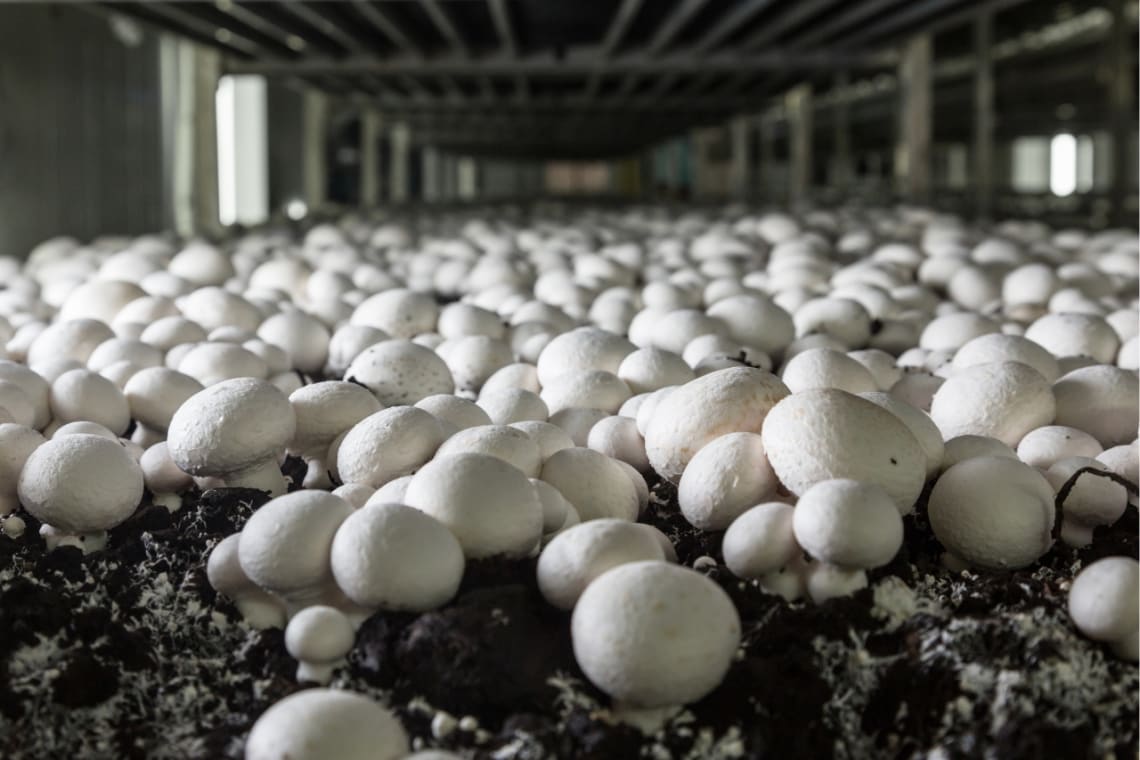Mushroom Urban Farming: Growing Fungi in Small Spaces for Sustainable Food Production
Mushroom urban farming, also known as urban mushroom cultivation, offers an exciting opportunity for sustainable food production in small spaces. Here's a guide on how to grow fungi in urban environments:
1. Selecting the Right Mushroom Species: Different mushroom species have varying requirements for growth. Oyster mushrooms, shiitake mushrooms, and white button mushrooms are popular choices for urban farming due to their adaptability and relatively simple cultivation requirements.
2. Creating a Suitable Growing Environment: Mushrooms require a humid and dark environment to thrive. You can set up a growing space in a basement, garage, or even a closet. Alternatively, you can use specialized mushroom grow bags or kits designed for small-scale urban farming.
3. Substrate Preparation: Mushrooms grow on a substrate, which can be various organic materials such as straw, sawdust, coffee grounds, or agricultural waste. The substrate needs to be sterilized to eliminate competing organisms that could hinder mushroom growth. You can sterilize the substrate by boiling, steaming, or using chemical methods.
4. Inoculation: Once the substrate is prepared and cooled, it's time to inoculate it with mushroom spawn. Mushroom spawn is essentially mushroom mycelium, the root-like structure of the fungus, grown on a nutrient-rich material. You can purchase mushroom spawn from suppliers or use a culture from a mature mushroom. Spread the spawn evenly throughout the substrate.
5. Incubation: After inoculation, the substrate needs to be kept in a dark, humid environment for the mycelium to colonize the substrate. This process typically takes several weeks, depending on the mushroom species and environmental conditions.
6. Fruiting: Once the substrate is fully colonized by the mycelium, it's time to induce fruiting. This involves exposing the substrate to fresh air, lowering the humidity slightly, and providing indirect light. Mushrooms will start to form and grow within a few days to weeks, depending on the species.
7. Harvesting: Harvest the mushrooms when they reach the desired size. Use a sharp knife to cut them off at the base of the stem. Harvesting should be done gently to avoid damaging the mycelium and future mushroom production.
8. Maintenance: Throughout the growing process, monitor the moisture levels, temperature, and cleanliness of the growing environment. Adjust as necessary to ensure optimal conditions for mushroom growth.
9. Continuous Production: Mushrooms are often harvested in flushes, with multiple harvests possible from the same substrate. After each harvest, soak the substrate in water to rehydrate it and stimulate further fruiting.
10. Utilizing Spent Substrate: Once the substrate has exhausted its potential for mushroom production, it can be composted or used as a soil amendment for gardening.
By following these steps, you can establish a thriving mushroom urban farm in a small space, contributing to sustainable food production and enjoying fresh, homegrown mushrooms throughout the year.

Comments
Post a Comment